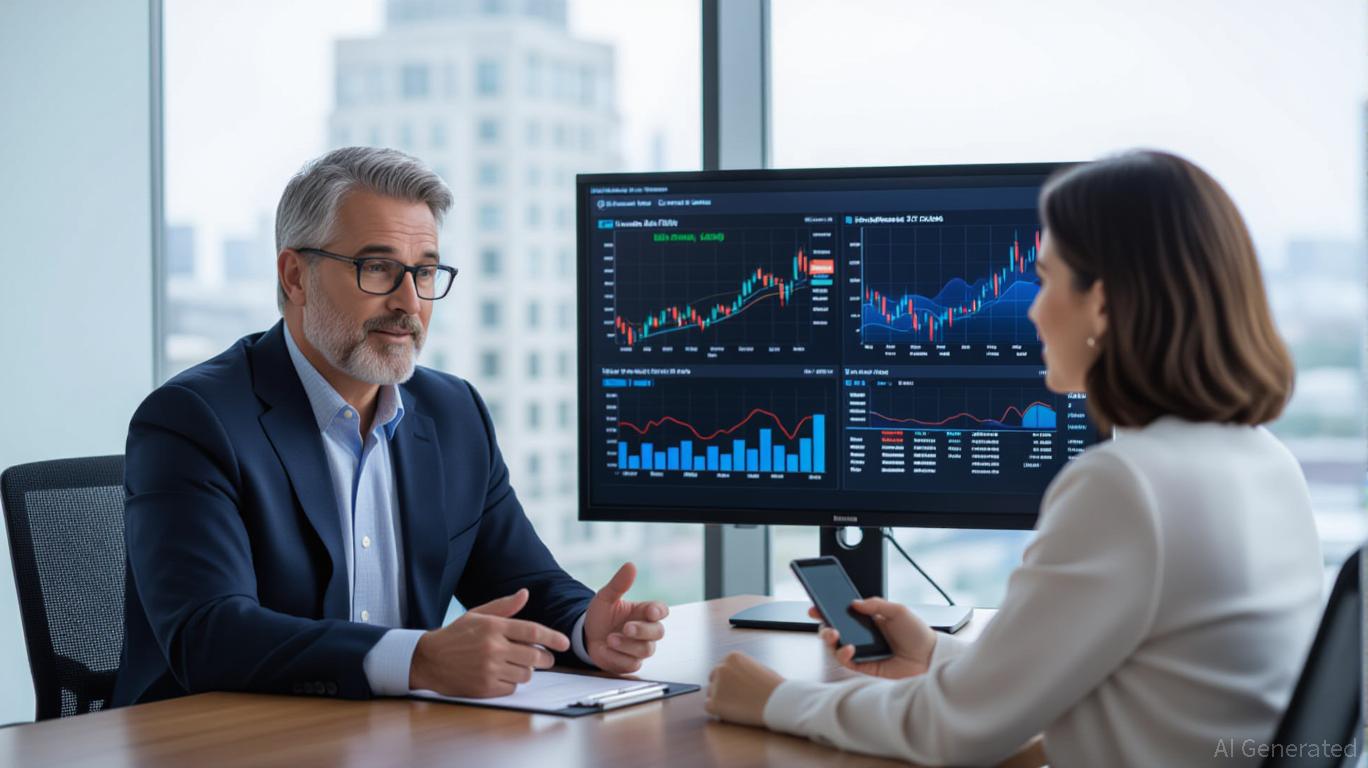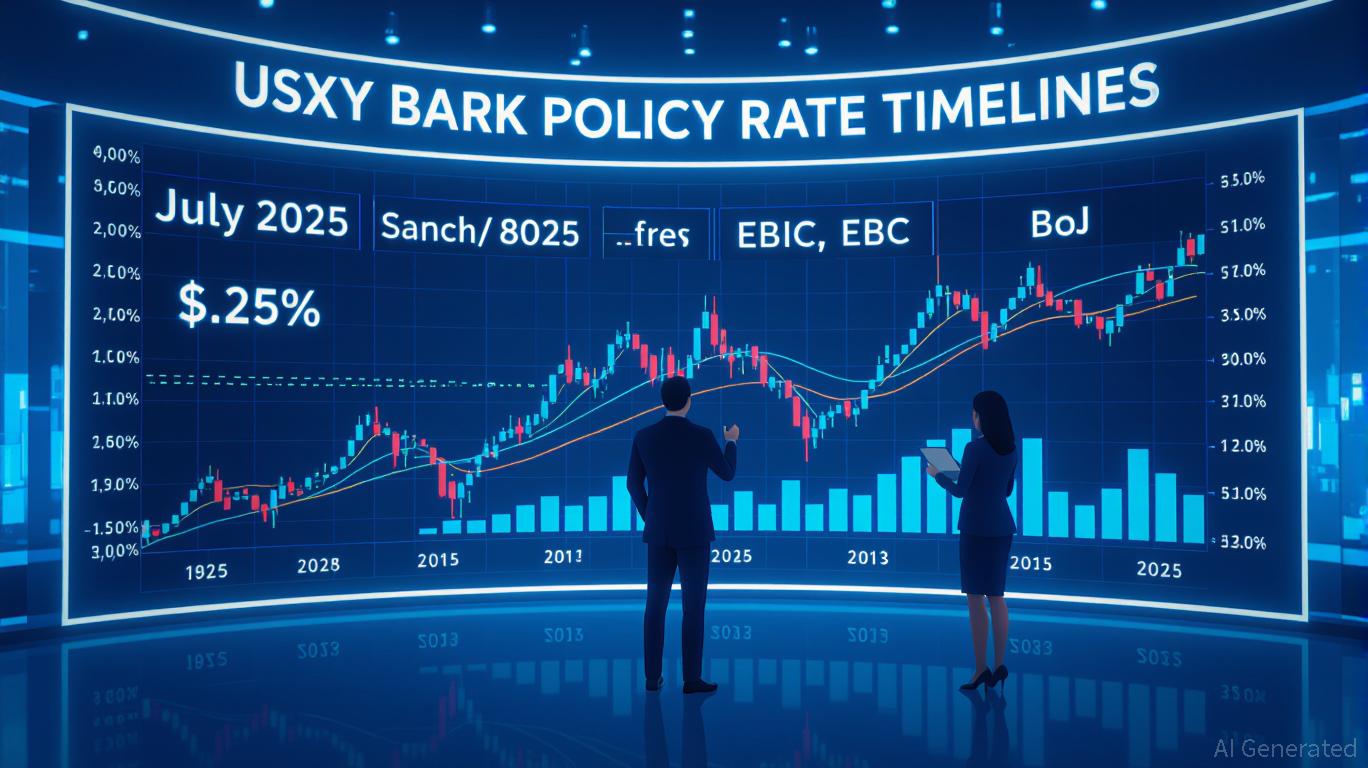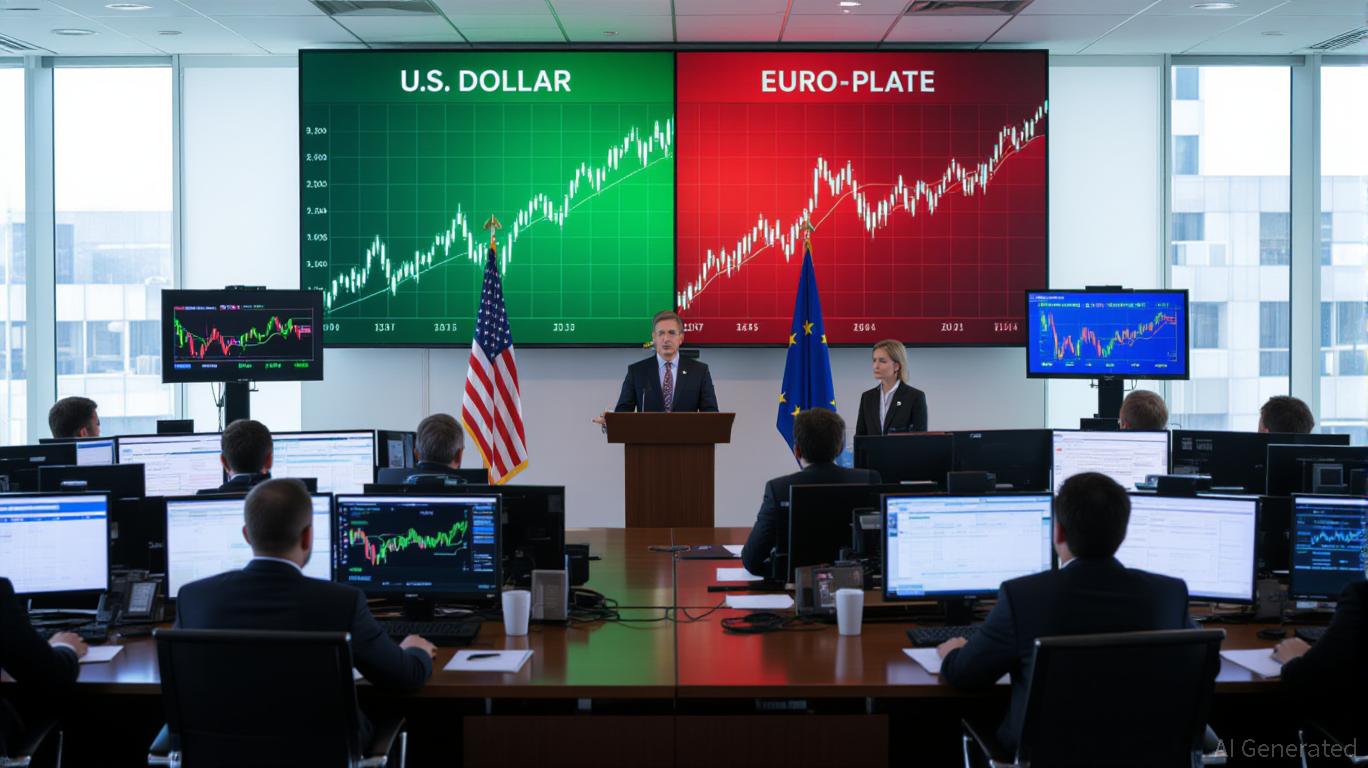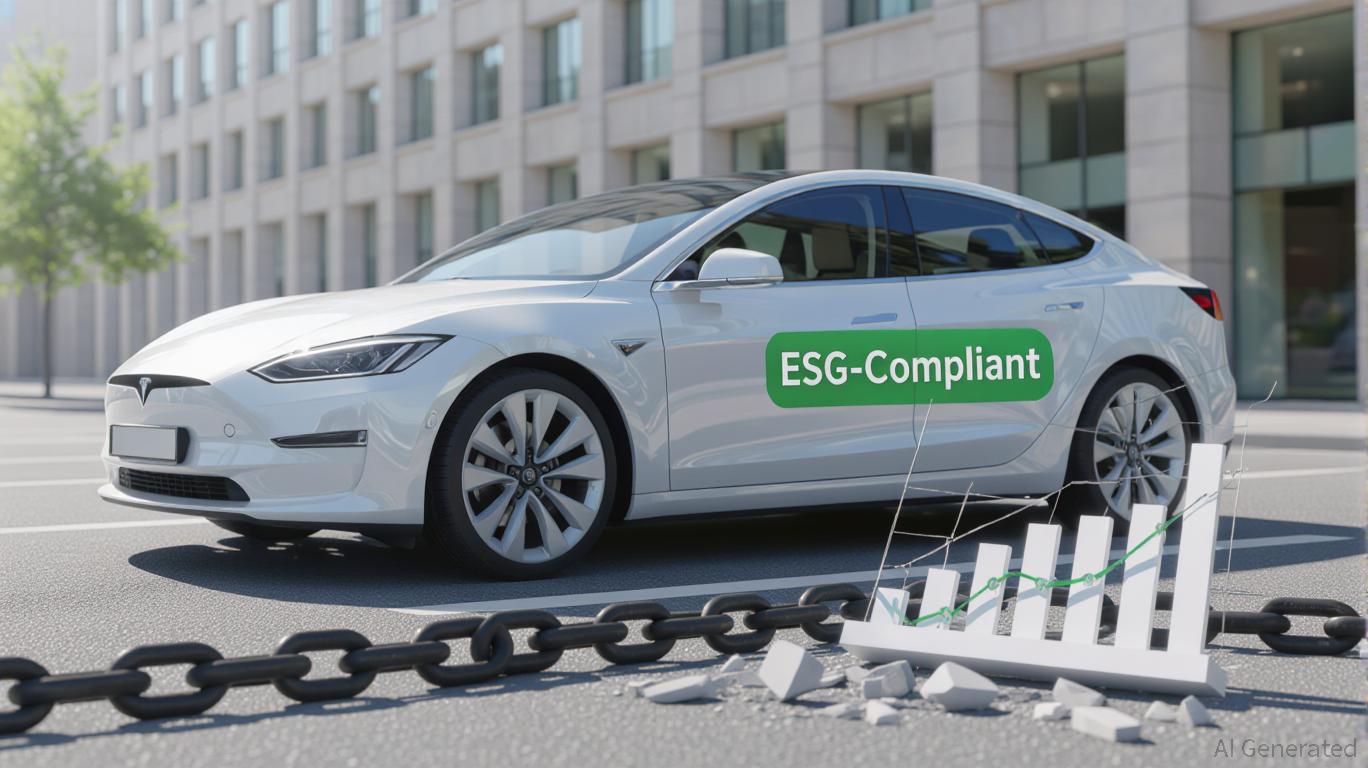AInvest Newsletter
Daily stocks & crypto headlines, free to your inbox
In 2025, the investment landscape has undergone a seismic shift. For the first time, active ETFs have outnumbered passive ETFs in the U.S. market, with 2,226 active ETFs compared to 2,157 passive ones as of June 30. This milestone reflects a broader reevaluation of traditional passive strategies in a low-fee, high-competition environment. The rise of active ETFs is not merely a numerical victory—it signals a structural evolution in how investors allocate capital, driven by innovation, regulatory tailwinds, and a growing appetite for differentiated returns.
Active ETFs have thrived by addressing key limitations of passive strategies. Unlike mutual funds, ETFs offer intraday liquidity and tax efficiency—advantages that have been increasingly exploited by active managers. The surge in rules-based and quantitative strategies has further narrowed the cost gap between active and passive options. For example, low-cost, algorithm-driven ETFs from firms like Dimensional and Avantis have demonstrated competitive expense ratios while delivering exposure to niche factors such as profitability or low volatility. These strategies blend the rigor of active management with the transparency and efficiency of ETFs, appealing to investors seeking alpha without the baggage of traditional active funds.
Regulatory changes, such as the 2019 SEC Rule 6c-11, have also leveled the playing field. By allowing active ETFs to use derivatives and engage in market-making more freely, the rule reduced operational costs and complexity. This has enabled firms like Vanguard and Schwab to launch low-cost active bond ETFs, targeting yield-hungry investors in a low-interest-rate environment. Meanwhile, structured products like covered call ETFs (e.g., JPMorgan's JEPI) have gained traction by offering income generation and downside protection—features passive ETFs cannot replicate.
The performance of active ETFs in 2025 has been mixed but promising. Global active ETF assets hit $1.26 trillion by February, with a 40.4% CAGR over ten years. Equity-based active ETFs have dominated inflows, particularly in the U.S., where strategies like defined outcome and buffer ETFs have attracted risk-averse investors. However, the market's extreme volatility in Q2 2025—marked by a single-day 9% surge in the S&P 500—highlighted both the opportunities and challenges for active managers.
Passive strategies, as represented by index funds, benefited from the speculative frenzy in unprofitable tech and AI stocks. The Morningstar Global Markets index surged 11% in Q2, outpacing many active ETFs that emphasized profitability and quality. For instance, Facet's active ETFs underperformed the benchmark due to underweights in low-profitability companies and U.S. tech stocks. Yet, active managers excelled in bond markets, where tactical positioning in shorter-duration Treasuries and municipal bonds offset some equity underperformance. This duality underscores the importance of aligning active exposure with market conditions.
The dominance of passive investing is far from over. Index funds still hold 51.4% of total ETF assets and remain a cornerstone for diversified portfolios. However, the 2025 surge in active ETFs suggests that investors are no longer satisfied with a one-size-fits-all approach. The key lies in strategic allocation: blending passive broad-market exposure with active ETFs that target specific risk factors or market inefficiencies.
For example, investors in a low-interest-rate environment might pair passive equity ETFs with active bond ETFs that exploit yield curve twists or credit spreads. Similarly, those wary of market volatility could allocate to buffer ETFs or options-based strategies to hedge downside risk. The rise of low-fee active ETFs also makes it feasible to include multiple active strategies without eroding returns—a luxury previously reserved for high-net-worth investors.
The 2025 shift toward active ETFs is not a fad but a structural trend. As asset managers continue to innovate—launching ESG-focused, AI-driven, and alternative-asset ETFs—the line between active and passive strategies will blur. Investors must now ask: Where does passive indexing add value, and where does active specialization create alpha?
For those seeking to future-proof their portfolios, the answer lies in a nuanced approach. Passive allocations should anchor the core, while active ETFs can enhance the satellite—targeting inefficiencies in sectors like fixed income, emerging markets, or niche equity factors. The goal is not to abandon passive investing but to augment it with active strategies that align with macroeconomic cycles and personal risk tolerances.

The surge in active ETFs in 2025 reflects a market maturing in its understanding of cost, complexity, and customization. While passive strategies will always have a role, the structural advantages of active ETFs—liquidity, tax efficiency, and innovation—make them an indispensable tool for modern investors.
Now is the time to re-evaluate allocations. By integrating active ETFs into a diversified framework, investors can capture market opportunities without sacrificing cost discipline. The future of asset allocation lies not in an active-passive dichotomy but in a dynamic, strategic synthesis.
Delivering real-time insights and analysis on emerging financial trends and market movements.

Sep.11 2025

Sep.11 2025

Sep.11 2025

Sep.11 2025

Sep.11 2025
By continuing, I agree to the
Market Data Terms of Service and Privacy Statement
Daily stocks & crypto headlines, free to your inbox
Comments
No comments yet